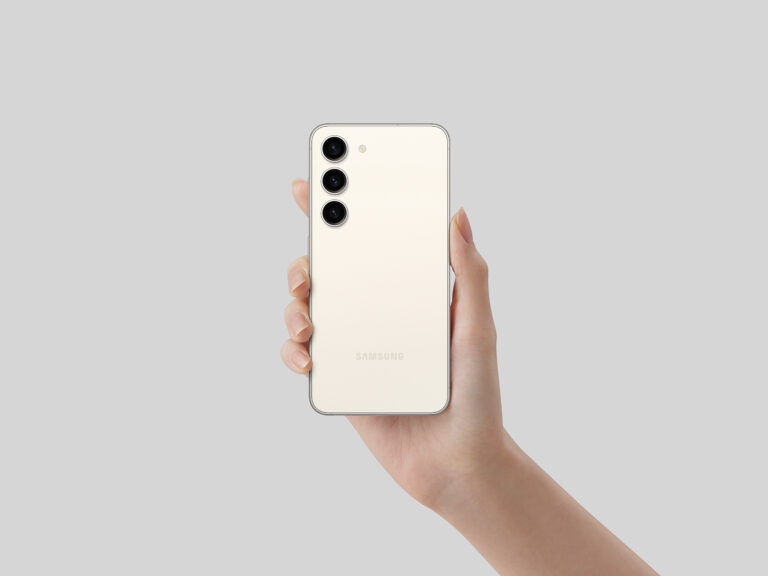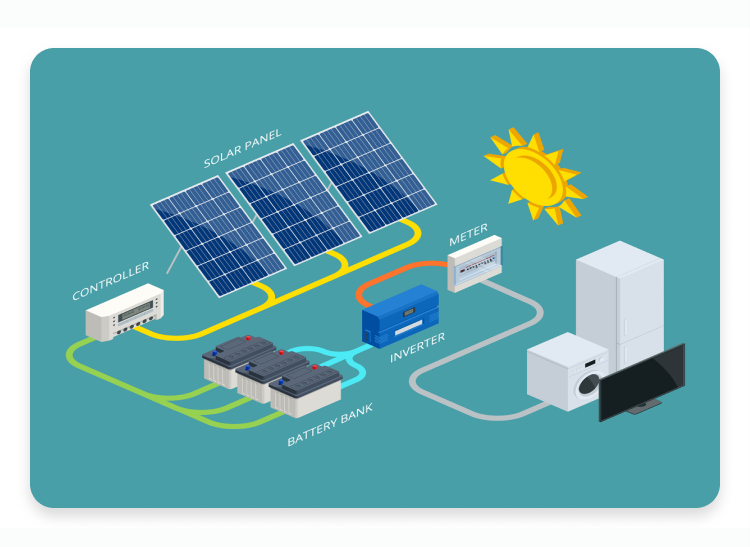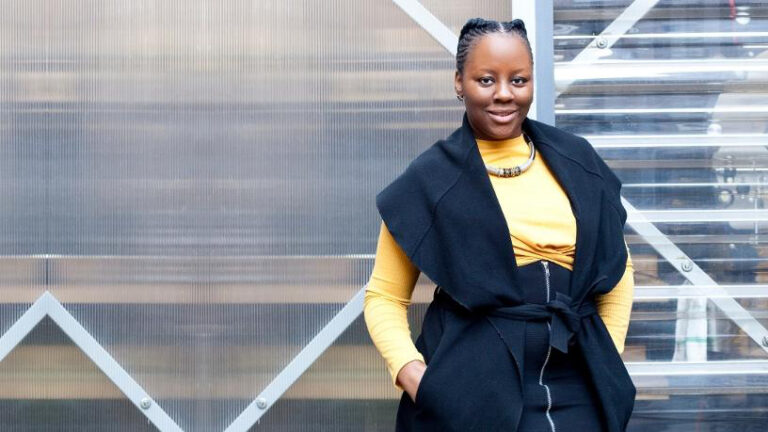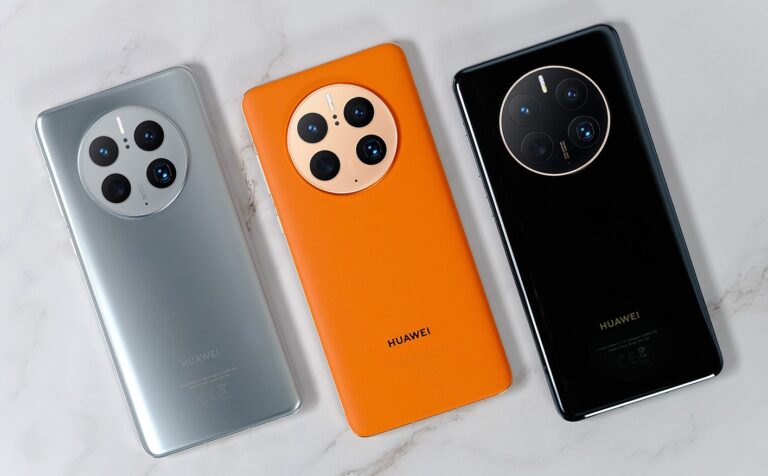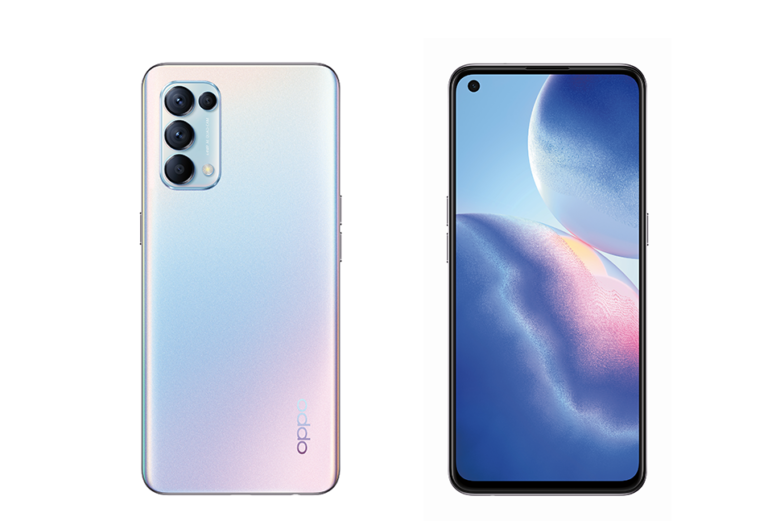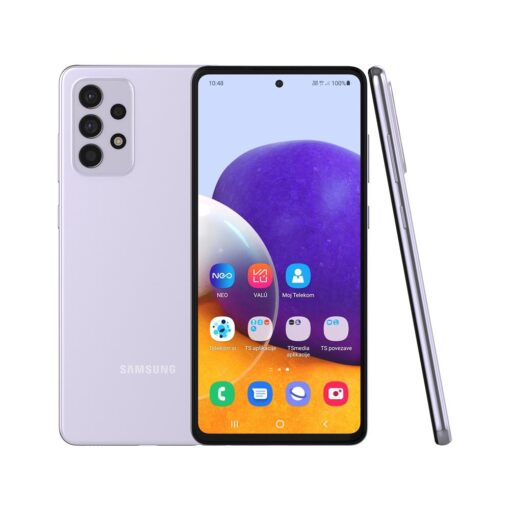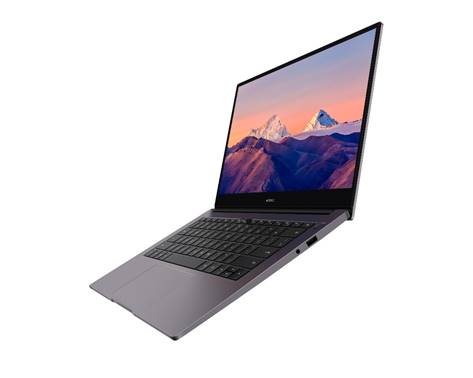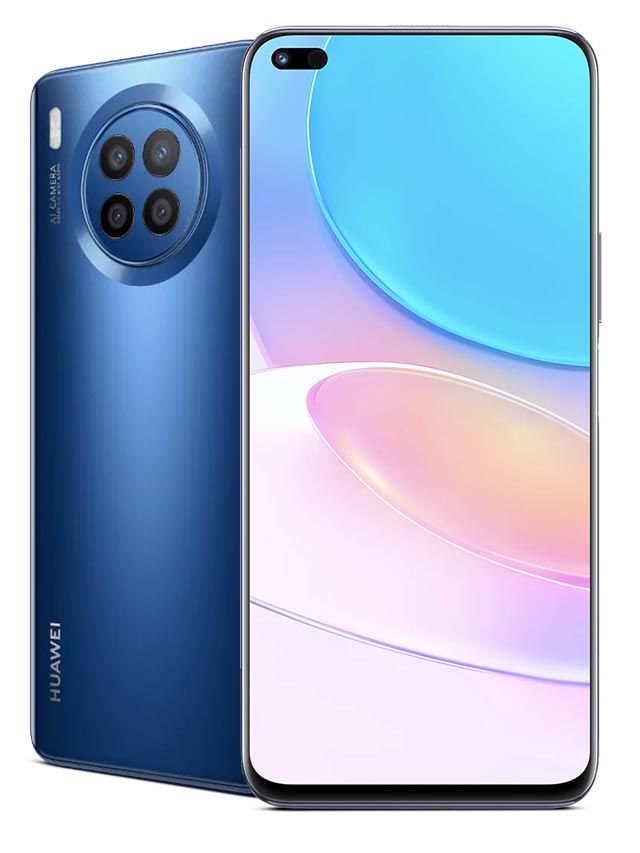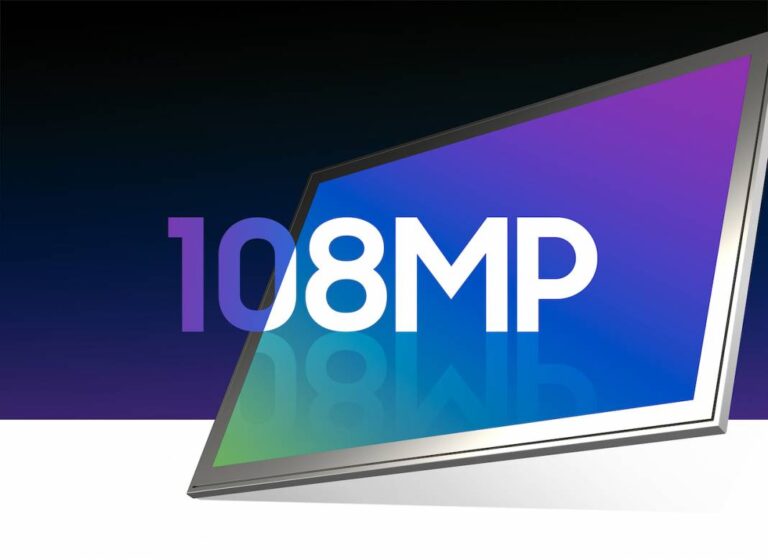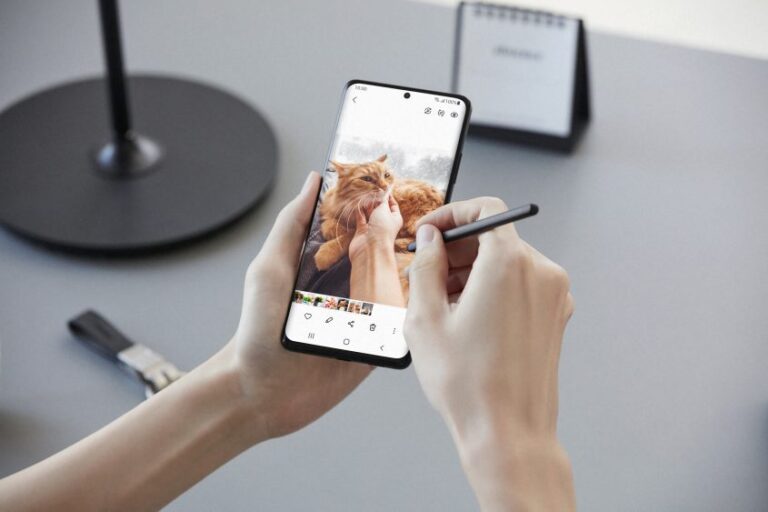The Samsung Galaxy S23 is a compact flagship smartphone that boasts impressive performance and camera features.
Upon unboxing the device, the first thing that stands out is its sleek and modern design. Next, we were impressed by its size and weight. It fits comfortably in one hand and doesn’t feel too heavy. The back panel has a frosted glass finish that gives it a premium look and feel.
It has a 6.1-inch Dynamic AMOLED display with a resolution of 1080 x 2400 pixels. The screen is bright and vivid, with accurate color reproduction, making it a pleasure to use for watching videos and browsing social media. There’s also an in-display fingerprint sensor that works quickly and accurately.
Photography
Samsung smartphones have a well-earned reputation for excellence in camera technology, and the Galaxy S23 is no exception.
Its camera setup includes a 50MP main sensor, a 12MP ultrawide sensor, and a 12MP telephoto sensor. On the whole, it’s a winning combination, capturing excellent images in good lighting conditions, with vibrant colors and plenty of detail. The ultrawide and telephoto sensors also produce good results, although they don’t quite match up to the quality of the main sensor.
In low-light conditions, we found the camera somewhat less impressive, with images often appearing noisy and lacking detail. However, the device’s night mode feature helps to improve the quality of low-light images significantly.
Samsung describes the S23’s portrait mode as best-in-class, and we have no quibbles with that claim. In our testing it produced impressively natural-looking bokeh and accurate subject separation.
Performance
The Galaxy S23 is powered by the Qualcomm’s Snapdragon 8 Gen 2 system-on-a-chip (SoC), which provides a marked improvement in performance and efficiency gains compared to previous generations.
The device runs smoothly and handles multitasking with the aplomb you’d expect from its flagship status. We didn’t experience any lag or stuttering during our time with the phone.
On the memory front, the 8GB of RAM and 128GB of internal storage on the base model should be enough for most users, although beefier versions are available for a price.
Battery life and charging
Given South Africa’s electricity supply woes, a device’s staying power has taken on added importance. The Galaxy S23 is a bit of a mixed bag in this regard. On the plus side, we found the 3900mAh battery (200mAh more capacious than its predecessor’s) to last a full day with moderate usage.
Another important consideration is fast charging and here, alas, the S23 falls short of its potential, supporting last year’s 25W fast charging, compared to its 45W capable bigger siblings, the S23+ and S23 Ultra siblings.
Conclusion
The Samsung Galaxy S23 has a premium design, a vibrant display, excellent performance, and a good camera setup.
While it falls short in some areas, such as the lack of improvement in the ultrawide and telephoto lenses, the main camera and portrait mode make up for it.
The device is powered by a high-performance SoC, which delivers snappy and responsive performance, and the battery life is good enough to last a full day of moderate usage.
Overall, the Samsung Galaxy S23 is a solid addition to Samsung’s flagship smartphone lineup and an excellent choice for those looking for camera and performance features in a compact device.
Prices in South African start at R21,999.
